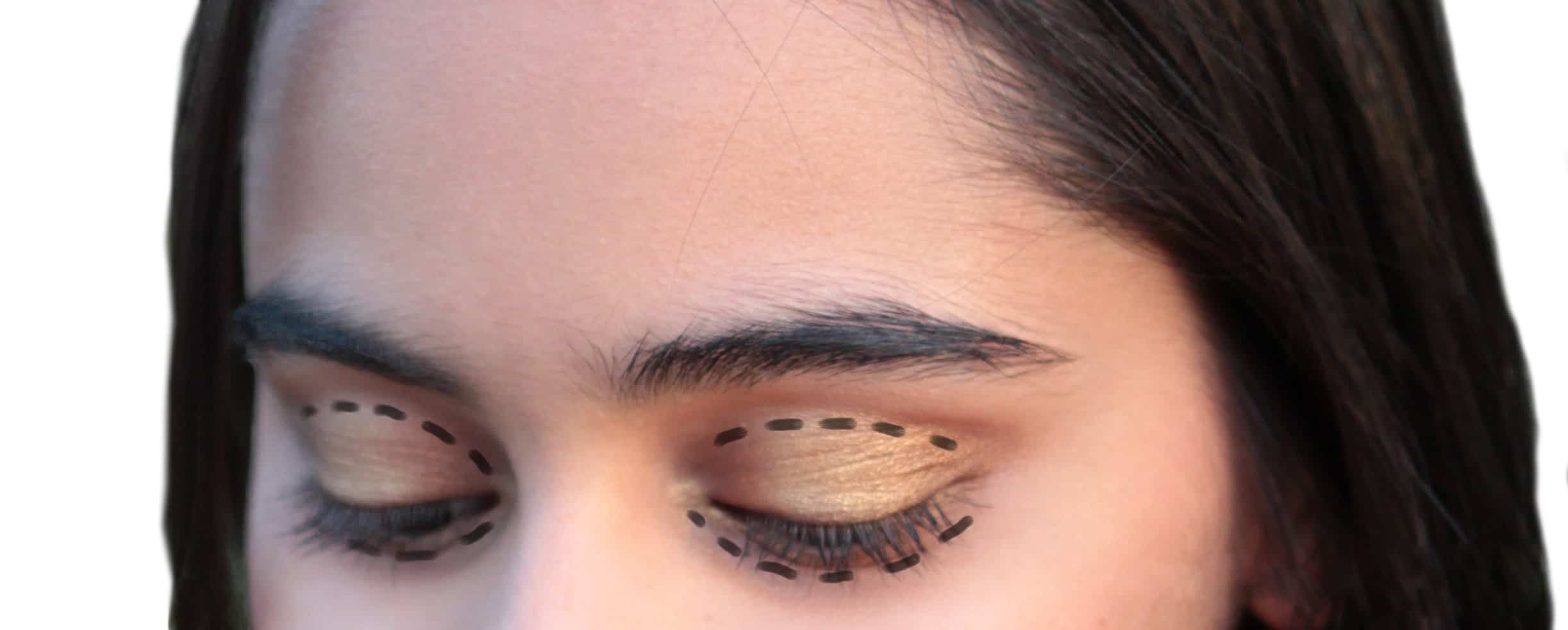Each year, thousands of people, both men and women, undergo blepharoplasty in an effort to reduce the signs of aging or to improve vision. Drooping eyelids and bags beneath your eyes can make you look worn, tired and—I know it’s hard to hear—old. Blepharoplasty is often performed in conjunction with other facial enhancing procedures such as a browlift, facelift, or skin resurfacing to achieve maximum results.
What is blepharoplasty?
Blepharoplasty, more commonly known as eyelid surgery or an eye lift, is a cosmetic procedure that reduces bagginess from lower eyelids and removes excess skin from the upper eyelids. This is a lesser known, but extremely valuable form of plastic surgery performed for both medical and cosmetic reasons.
It is an effective way to improve sight in older individuals whose drooping eyelids are obscuring their vision. It is also performed on certain individuals of Asian ethnicity who lack a crease in their eyelid, a procedure called a double eyelid surgery.
For cosmetic purposes, the surgery reduces the appearance of age and exhaustion around the eyes. As we age, muscles, skin, and other membranes lose elasticity, causing sagging and bulging of the skin. This surgery can restore a youthful appearance, relighting your eyes with the natural beauty within.
Conditions treatable by blepharoplasty:
- Loose or sagging skin that creates folds or disruptions of the natural contour of the eyelid.
- Impaired vision due to folds or drooping of the upper eyelid.
- Puffiness of the upper eyelids due to excess fatty deposits.
- Removal of excess skin and fine wrinkles of the lower eyelid.
- Correction of drooping lower lids that show the white of the eye below the iris.
This procedure will not diminish dark circles, lines around the eyes or sagging eyebrows.
Why do eyelids sag?
As skin ages, it loses its elasticity. Combined with the constant pull of gravity, excessive skin around the upper and lower eyelids creates a piling up of excess skin of the upper and lower eyelids. On the upper lids, this problem manifests in an extra fold of skin that hangs over the eyelashes. The lower eyelids experience wrinkles and bulges.
Another reason for needing blepharoplasty is due to fatty deposits above and below the eye. The fat cushions the eyeball from the skull, but if it becomes excessive it can cause bulges along the upper and lower lids. In addition, age weakens the membranes that hold the natural eye fat in place, allowing it to slowly inflate the lids.
How does the surgery work?
Your cosmetic surgeon will mark the lines of where creases in your eyelids should be placed. These natural folds will camouflage scars. In the upper eyelid surgery the incision is made along this natural crease. The incision opens the skin to allow for excess fat to be removed or repositioned. Excess skin and loose muscles are removed as well. Tiny sutures close the incision site.

In lower eyelid surgery the surgeon will place the incision just under the lash line. Once the incision is made, the excess fatty tissue and skin may be removed. Again, tiny sutures close the incision.
The entire procedure commonly takes from one to two hours. Your surgeon will likely place small sterile bandages over the incisions, but no eye patch will be necessary. Minor swelling and bruising is normal. Ice packs or cold compresses and keeping your head elevated while resting will help to decrease discomfort and speed the healing process.
What should I expect after the surgery?
Your surgeon may prescribe medication for discomfort and eye drops may be recommended as well. Carefully follow the information given you by your surgeon, as there will be certain activities that you should avoid following surgery. Stitches are normally removed 3-6 days after surgery if they are not self-absorbing. During healing you may experience itchiness, swelling, bruising, and scabbing.
Recovery from blepharoplasty is unusually quick. Most patients have regained all their normal activities within 10-14 days.
The risks of blepharoplasty are very minimal and the results can be quite successful. There are, however, occasions in which patients may experience slow healing, or persisting fat deposits and loose skin. Some patients have also reported dry eyes and, in very rare circumstances, negative effects on vision.
If you are struggling with drooping eyelids or excess puffiness of the eyes, consider that there are ways for you to regain your natural beauty. As many people say, your eyes are the first thing the world notices about you, as they are the window to your soul. Facial plastic surgery can correct these flaws that are disguising your natural beauty and help you regain confidence to look the world in the face. Download our free eBook on what to expect from blepheroplasty surgery.

